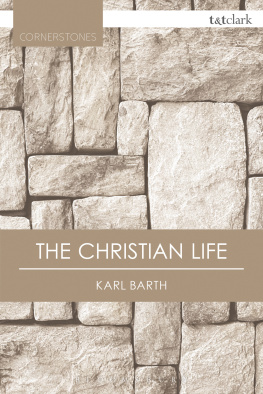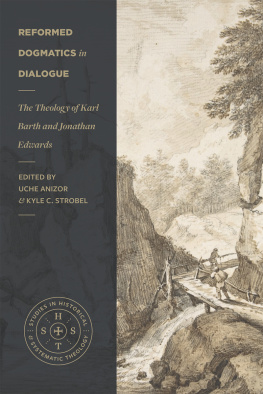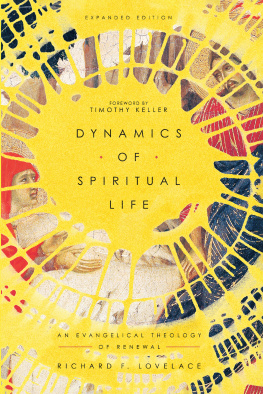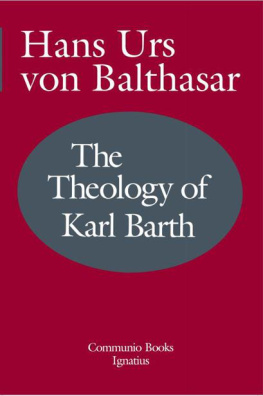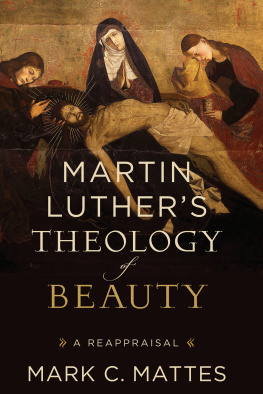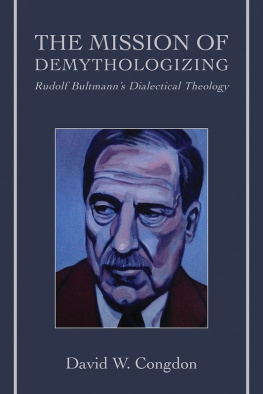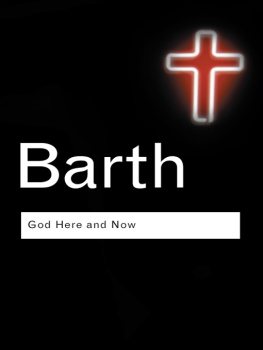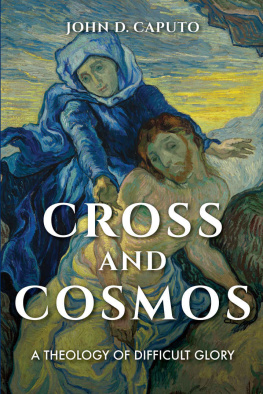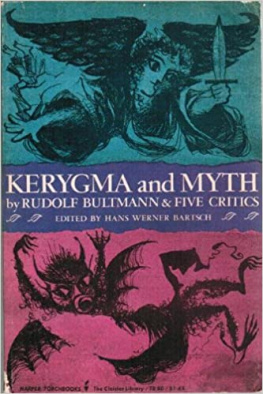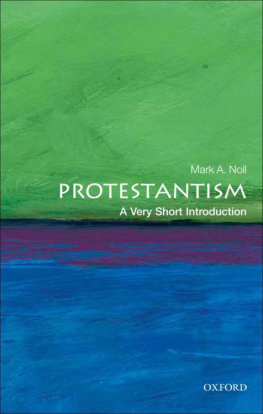The Deutsche Nationalbibliothek lists this publication in the Deutsche Nationalbibliografie; detailed bibliographic data are available on the Internet at http://dnb.dnb.de.
Introduction
Luther Renaissance and Dialectical Theology A tour dhorizon 19061935
Heinrich Assel
Illusions and Origins of a Luther Renaissance 1932
1.1 State of Emergency
A reviewer of the noteworthy new publications on Martin Luther in 1932 and 1933, the period leading up to the election of Hitler as Reich's Chancellor and the 450th Anniversary of the birth of the Wittenberg Reformer in November 1933, would scarcely be able to avoid the impression that the leading academic voices in Lutheran theology were proclaiming a state of emergency: a worsening crisis in and of the organs of state regarding the republican constitution and the democratic sovereignty of the German people. They intensified the crisis with their rhetoric of judgment and fateful plight and they responded by producing drafts of an emerging new Protestant doctrine of the state.
Three prominent authors formed the triumvirate of an illusion called Anew Protestant doctrine of the state: Friedrich Gogartens Political Ethics, Werner Elerts Morphology of Lutheranism, and Emanuel Hirschs treatise, On the Hidden Sovereign. This Protestant doctrine of the state turned into a controversy about the content and the validity of Martin Luthers legacy. They wanted to renew the basic structures of Luthers political theology in a relevant way for their time. In particular, they wanted to distinguish a worldly political realm from a spiritual realm: that is, the distinction between a worldly kingdom of God as the created realm of worldly authority and natural law, and a spiritual kingdom of God in Christ as the priesthood and kingdom of the baptized and Christianity.
1.2 Looking Back: Origins
In 1932, the politicized Lutherans were reacting to the global economic crisis, the mass suffering, and the insurgence of terrorism on the streets. But the concept of viewing the political as the hermeneutical location for the law and the gospel of God had been in preparation for years. We must turn, for a moment, our attention from 1932 back to 1921. At the end of 1921, Karl Holls famous book Luther
This was a struggle about the final (e)valuation (Werturteil) of Luthers and Calvins political theology, their social doctrine, and the relationship of their vocational ethos to the spirit of capitalism. This debate continued from 1906 onwards and reached its peak in 1920.
For Holl Luther and Calvin, taken together, generated a certain Ethos of Responsibility springing from early Reformation religion. In 1921, Holl introduced the programmatic formula Luthers Religion of Conscience. It was pioneering because Holl expounded it using Luthers texts extensively and comprehensively. At the same time, he developed it into a multi-dimensional theory of long-term changes to all dimensions of religion, morality, and society that take the name Reformation. The Religion of Conscience originates in the experience of sacred wrath, of Gods judgment as the gift of divine love, and the purification of the conscience. This is a non-experiential experience of conflict with God, resulting in the persons passivity as God makes the human person his instrument. In this experience, an ethos of responsibility is born, to be carried out in worldly vocation. The intention of Holls book about Luther was to illuminate the contemporary situation after the Great War. In 1921, Luthers Religion of Conscience and Ethos of Responsibility shaped the spirit of a Reformation theory that was critically equivalent to an economic ethic of western Christianity one which Max Weber had announced for 1920, but which was never published because of Webers unanticipated early death.
The Weber/Troeltsch/Holl debate was exemplary of the new construction of a Protestant morality and a socio-political ordering of society after the imperial monarchy, as well as for the scientific standard of Reformation theory after historicism. This debate formed the horizon of Karl Holls book about Luther, rather than the contrast with early dialectical theology. Sadly, the premature deaths of the three protagonists, Max Weber in 1920, Ernst Troeltsch in 1921, and Karl Holl in 1926, deprived the Luther debate of its leading scientific and politically republic-minded thinkers.
That was a great misfortune!
In the year of Holls death, 1926, the Luther Renaissance went through a mutation.
1.3 Illusion and Ideology
During the state of emergency in 1932, there emerged concepts of an authoritarian state or a totalitarian dictatorship in the name of the peoples sovereignty, that is, new Protestant doctrines of the state. These doctrines of the state linked up with another reform program: the program of a Protestant national church. This national church was supposed to be developed as a church of the Volk and established from the royal priesthood of all baptized Christians. That priesthood was defined by Holl as the heart of Luthers concept of the church, and as the source of charismatic authority in a Weberian sense. A synodal and episcopal reform of the German provincial churches rooted in this principle. A merging of the the Reformed, United, and Lutheran confessional churches into the German Protestant Church was to replace the bureaucratic ruins of the former state churches. These two reform programs, the authoritarian state and the church of the Volk were confronted in 1933 by the violent impositions of the Nazi state. The enforced conformity of the Nazi state to its party line confronted the church of the Volk-program with its internal illusions. The injustice of the Nazi state made evident that the new doctrines of the state were an ideology. The critical voices of the opposition, who also appealed to Luther and who, upon closer inspection, were already influential by 1932, gained more and more substance and attention.
The Struggle for Luthers Legacy in 1933: Shifting Fronts
2.1 Three Controversies
The struggle for the content and validity of Luthers legacy took shape during three great controversies in the year of his 450th birthday.
The controversy over the churchs reception of the so-called Aryan Paragraphs in the spring of 1933, and the formation of the Confessing Church in opposition to them. This controversy made visible within Lutheranism, the irreconcilable opposition between nationalistic and racist orders of creation theologies and the voices against this racist legislation. These voices laid claim to Luthers concept of natural law in order to adopt the superior rule of Gods natural justice in the sense of the legal equality of all citizens.
The controversy about the violent construction of a national church which included the option that the Fhrer should himself be the highest bishop.
The controversy over the legal requirement of an oath of allegiance to the Fhrer in both state and church in the fall of 1934. This was the occasion for the final collision within the Protestant doctrines of the state; between the option for a



